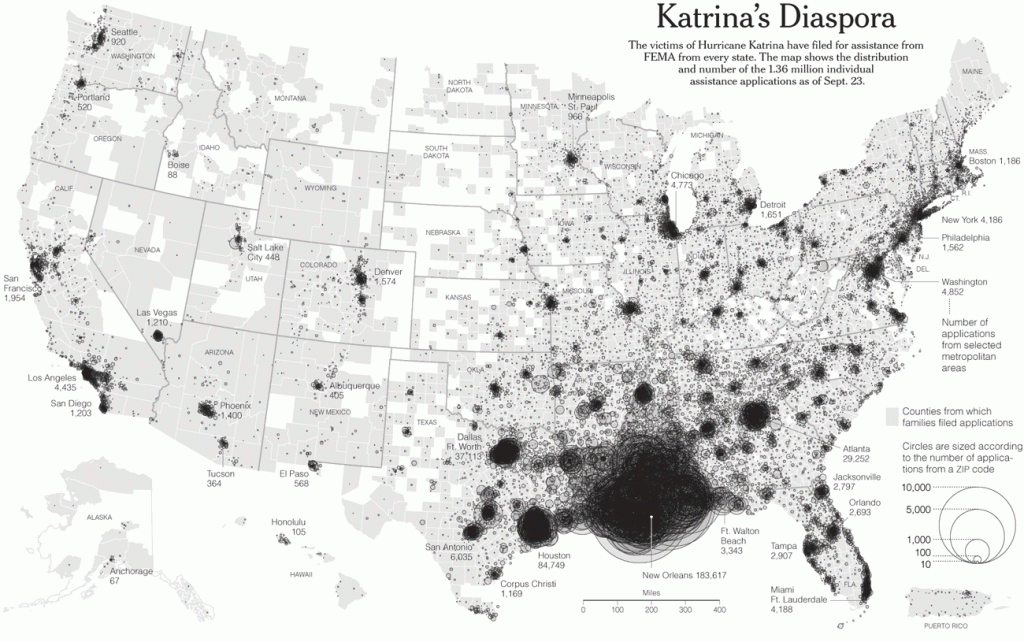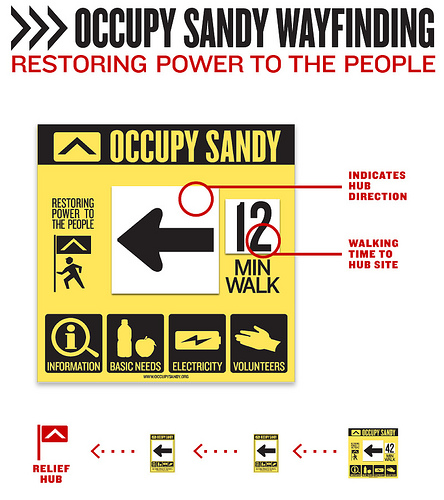
The New Yorker recently featured several sociologists in a piece about what has happened to residents of New Orleans’s Lower Ninth Ward in the aftermath of Hurricane Katrina:
- David Kirk, who studies neighborhood effects, focused on recidivism, or likelihood of ending up in prison again after release, based on whether individuals stayed in the same neighborhood or moved elsewhere. He found that those who returned to their former neighborhoods in New Orleans had a 60% recidivism rate compared to those who. While, historically African Americans have been more likely to move, often for economic mobility, since 1970 the pattern has flipped, and more African Americans tend to stay put.
- Patrick Sharkey says that in recent decades white Americans more frequently engage in “contextual mobility,” or moves significant enough to change opportunities and circumstances. Instead of major moves, African-American families in urban areas tend to make more frequent, minor moves to places similar to their previous living arrangement.
- According to Stefanie DeLuca, these moves are not voluntary. Rising rent, eviction, breakups, or changing in housing subsidies spark moves within the same areas—not the better schools or job opportunities that middle-class Americans cite as reasons to relocate.
Following the severe damage from Hurricane Katrina in 2005, going “home” wasn’t possible for many poor black families. As it turns out, those who had to leave found their new homes offered more opportunity:
- Houston, Texas, has become a hot spot of upward mobility for those displaced by Katrina, Corina Graif found: “The fact that they were all of a sudden thrown out of that whirlpool gives them a chance to rethink what they do. It gives them a new option—a new metro area has more neighborhoods in better shape,” she says of the 700 mostly black women she tracked.
Sharkey cautions optimistic readers that relocation could become a game of cat and mouse. If too many poor people move into middle-class areas, the middle-class may move, taking some of the neighborhood’s higher resources and leaving new families in circumstances that mimic a minor move.

